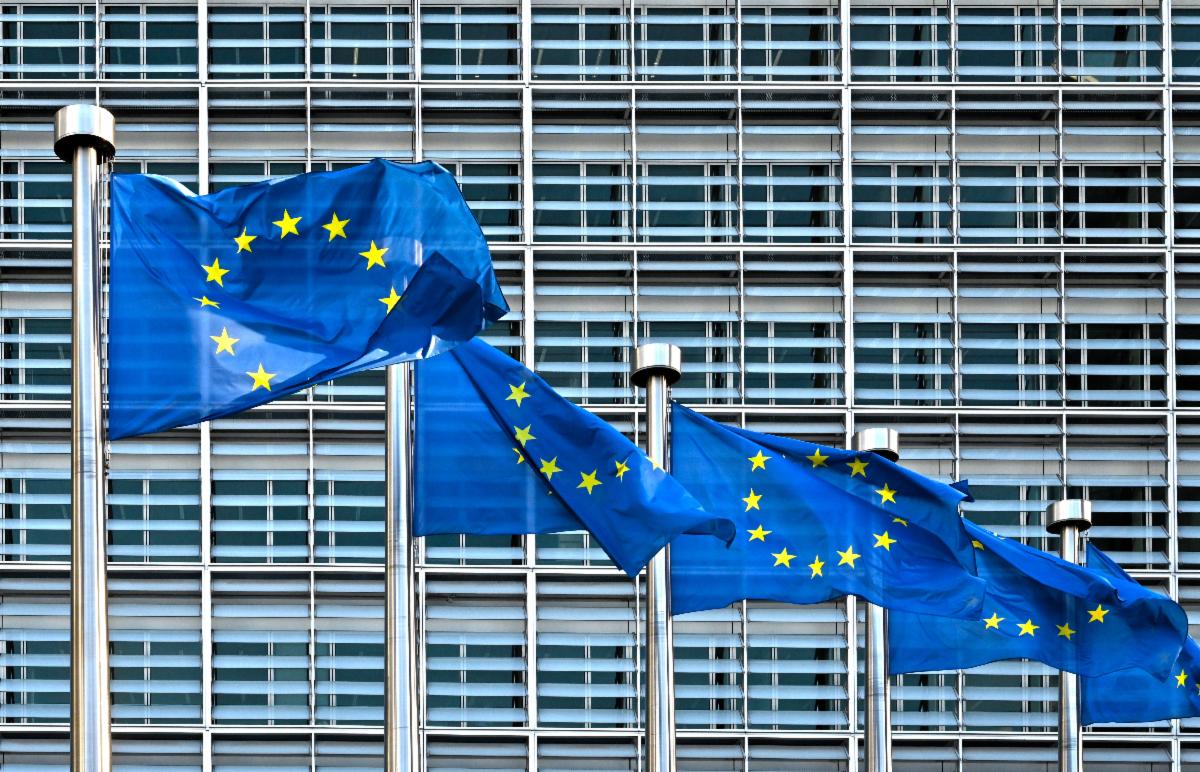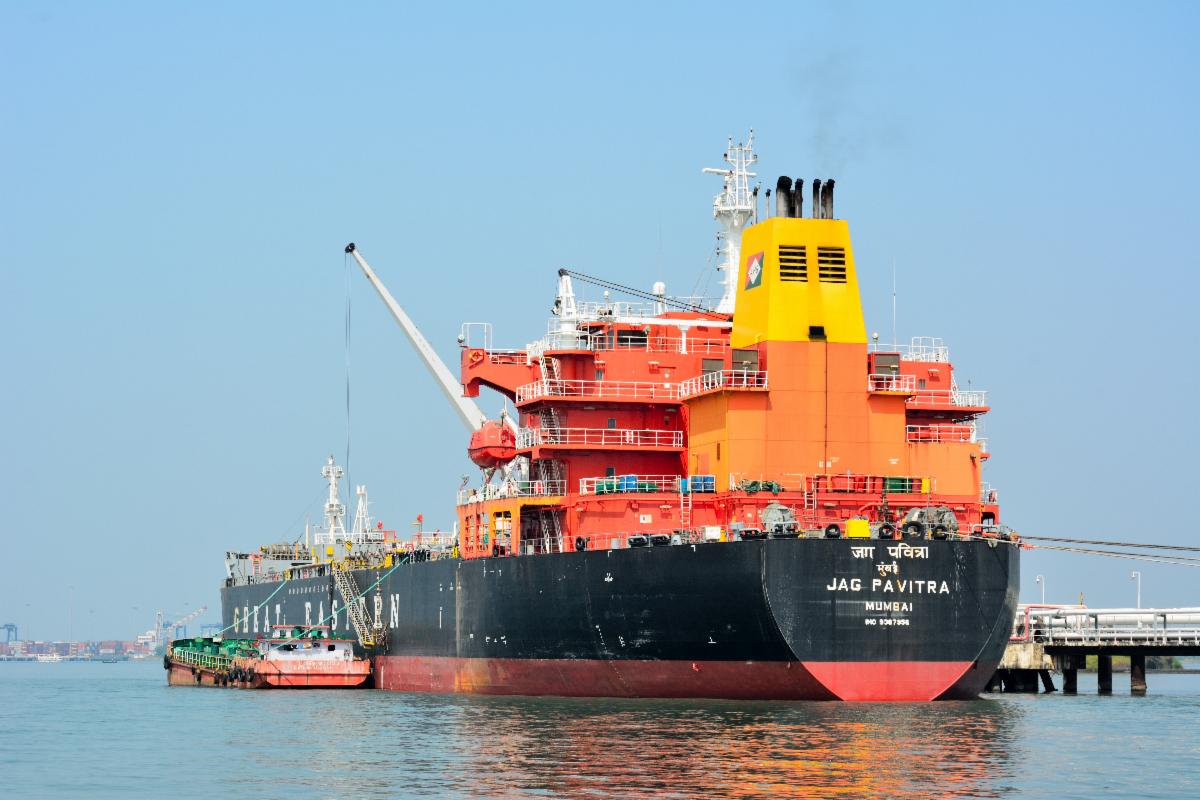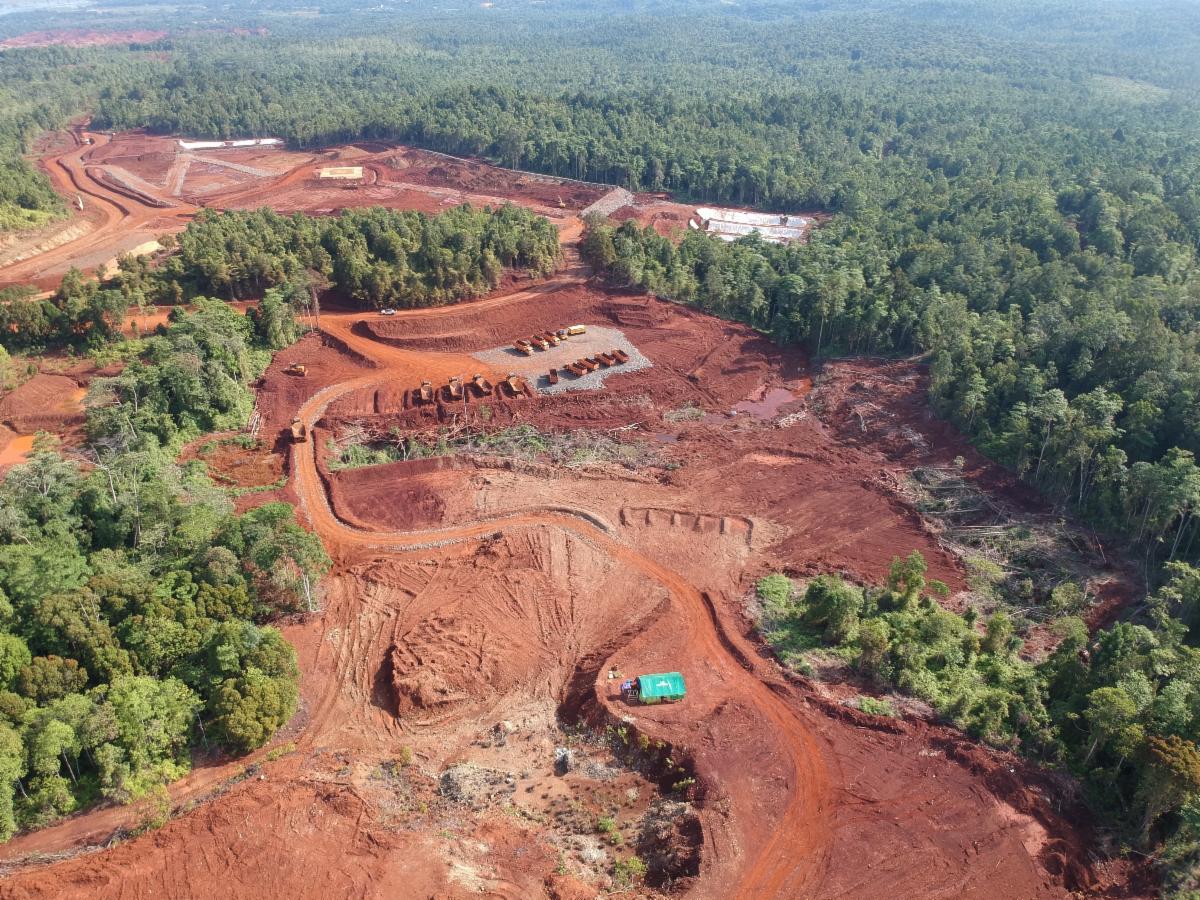Indo-Pacific Energy Update – October 6, 2023
Indo-Pacific Energy Update – October 6, 2023
Want to receive future energy updates? Subscribe here.

European Commission initiates anti-subsidy investigation into Chinese EVs
On September 13, the President of the European Commission (EC), the EU’s executive branch, announced an EC probe into subsidies given to Chinese EV producers, citing the “huge state subsidies” Beijing provides its automakers. Economy Ministers from France and Germany applauded the investigation; France updated its national EV incentives rules to exclude Chinese EVs on September 20. The EC’s investigation is mandated to deliver provisional measures within nine months.
The EC’s investigation comes as Congress further scrutinizes Ford’s relationship with CATL, a Chinese battery company licensing its lithium iron phosphate (LFP) technology to Ford for an upcoming EV plant in Michigan. Ford froze the factory’s production on September 25.
Why it matters: EU and U.S. leaders are concerned not only about their dependencies on Chinese clean technologies, including EVs, but that their policies may have given Chinese companies a competitive advantage as Western countries seek to diversify their supply chains and to protect and create domestic manufacturing jobs. The latter in particular has been a visible and consequential political issue in the United States and Europe.
The United States and its allies and economic partners have a long way to go in reconciling their economic and trade policies with their stated strategic objectives. They likewise have some distance ahead in reconciling their evolving supply chain policies with these objectives—or in adjusting their objectives to reflect existing manufacturing capacities.
In the EU, Chinese automobiles face a 10% tariff, well above the 27.5% tariff for American-produced vehicles. Indeed, prior to France’s rule change, one third of French customers received EV cash incentives by buying Chinese EVs. Similarly, since the passage of the Inflation Reduction Act (IRA), Chinese battery makers have announced $4.4 billion in investment in South Korea, which could allow Chinese companies to benefit indirectly from South Korean carmakers’ eligibility for EV tax credits under the Inflation Reduction Act due to an existing U.S.-ROK free trade agreement. The U.S. Treasury Department has yet to issue guidance on the “Foreign Entity of Concern” rule within the IRA, which would restrict access to one half of the IRA’s tax credits. The rule’s language does not specify whether the rule will apply to companies, countries, or both.

Indian imports of Russian crude nearly double from year prior as refiners buy above western price cap
On September 28, refiners in India disclosed to Reuters that Russia was selling oil to India at approximately $80/barrel, over $20 above the G7 price cap on Russian oil, which limits the price at which Russia can sell oil in transactions involving Western insurers. The news comes as trade data shows Russian exports of crude to India rose by 80% in September, from 865,000 b/d in 2022 to 1.56 million b/d in 2023.
Russia’s Urals oil has traded below Brent crude since Russian President Vladimir Putin’s invasion of Ukraine, though the gap has narrowed over time. Prices for both blends have been rising since July production cuts from Russia and Saudi Arabia, respectively 300,000 b/d and 1 million b/d. In an OPEC+ meeting on October 4, the two nations affirmed that their reduced output would continue.
Why it matters: Because Russian oil is still a better deal, Indian Oil Corporation, a leading national refiner, estimated in June Russia would account for 30% of the company’s crude in 2023-2024 after accounting for just 0.1% in 2021-2022. Russia’s Sberbank and VTB announced in September they would improve their ability to convert rupees to rubles, which was a significant barrier for Russian exporters that couldn’t repatriate payments from Indian customers. In May, India’s daily average imports of Russian crude hit a high of 2.1 million barrels/day (of a total daily average of 4.7 million b/d), momentarily surpassing the total import volumes from Saudi Arabia, Iraq, UAE, the United States, and Kuwait, despite U.S. efforts to increase its exports to India and to counter Russia.
Russia’s September 24 temporary ban on diesel exports may impact India’s domestic consumption and exports of refined fuels, however. Diesel makes up 40% of India’s refined fuels consumption, but is also an export opportunity. Indeed, India may seek to fill the void left by Russia’s diesel ban internationally. In May, the EU raised concerns that India was reselling Russian oil as refined oil products; India had become Europe’s largest supplier. Such an outcome would undermine the EU’s embargo of Russian refined oil products.
India’s energy relationship with Russia is further highlighting the long-term difficulties in seeking to constrain Russia’s oil exports and revenue within a global energy system in which supply and demand are finely balanced. With broader geopolitical goals at stake in its engagement with India—especially in assembling a large balancing coalition to contend with China—the United States faces tough dilemmas in its relationship with India. So far, Washington has resolved these in India’s (and indirectly, in Russia’s) favor, through tolerance of India’s deepening economic relationship with Moscow. Notwithstanding regular efforts to persuade Indian officials to change course, U.S. officials appear likely to continue their approach.

Indonesia petitions U.S. for critical minerals trade deal as Malaysia plans rare earth export ban
During the ASEAN Summit hosted in Jakarta, Indonesia’s President, Joko Widodo, proposed a critical minerals trade deal between the United States and his country. Indonesia’s government hopes a deal would grant the country eligibility for IRA tax credits requiring critical mineral extraction or processing in America or a free trade partner and that it could help integrate the country further into global supply chains. The proposal came as Indonesia signed several agreements with South Korea during the summit on critical minerals and electrical vehicle industries. Shortly after the conference on September 8, Indonesia signed a memorandum with Western Australia’s government to cooperate on battery development.
As Indonesia forged new critical mineral and clean technology deals, Malaysia’s Prime Minister Anwar Ibrahim announced on September 11 it planned to ban exports of rare earth minerals in an effort to develop a processing industry in the country.
Why it matters: Since the IRA’s passage, several East Asian states have made overtures to signing critical minerals deals, with Japan’s limited free trade agreement signed days before the Treasury Department released tax credit guidelines as a prime example. Jakarta first raised the idea of a similar critical minerals deal in April. As part of ongoing negotiations for the U.S.-led Indo-Pacific Economic Framework (IPEF), multiple countries, including Indonesia and Malaysia, have pushed for IRA-qualifying deals.
Yet governments with critical minerals and rare earth metals are increasingly seeking more than extractive industry export revenues—they want to develop higher-value processing industries as well as a pathway to additional job-creation, technological progress, and economic growth. In this instance, Malaysia appears to be following its neighbor Indonesia’s example; Indonesia has previously restricted nickel exports to build its domestic EV battery component manufacturing industry, with the help of Chinese investment. Indonesia’s effort succeeded in many of its economic aims, though not without environmental and social costs.
As of 2019, Malaysia had 30,000 metric tons of proven rare earth reserves; annual production reached 200 metric tons in 2018. Malaysia is also a minor producer of manganese, an essential component for nickel-cobalt-manganese (NCM) EV batteries. It remains to be seen whether the ban (which has yet to begin) will encourage Chinese companies to invest in processing there and also whether the decision could attract other international investors, including nations seeking to diversify away from reliance on China’s rare earth exports. China currently imports 8% of its rare earths from Malaysia. However, in the Indo-Pacific region, Vietnam, India, and Australia hold considerably greater estimated reserves of rare earths, at 22 million, 6.9 million, and 4.2 million metric tons, respectively.
